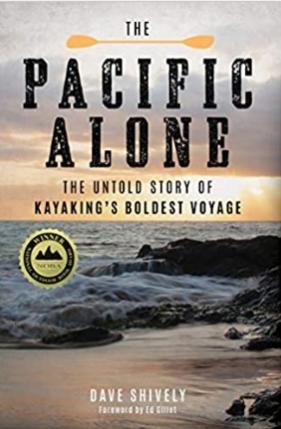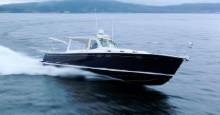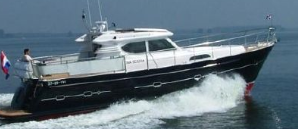exmaggiedrum
Veteran Member
Most small "yachts" crossing oceans
I'm not trying to start a food fight here as this is a trawler forum. I have owned sailboats and am strongly considering getting a trawler. They are ideal for the PNW unless you absolutely want to sail rather than motor. We mostly motored with our sailboat with a Ford Lehman 80 anyway.
You will find that most "small yachts" crossing oceans are sailboats. We went across the Pacific and this is first hand direct observation. And it makes sense too. Even little sailboats can handle much larger waves and they don't need nearly as much diesel to get from A to B.
But sailboats and trawlers are hugely different for accomodations in so many ways. We had a very spacious sailboat in 42' but small portlights and not true "rooms". You also have to deal with sails and masts and rigging, a whole different world in $$ and maintenance.
I have worked on Nordhavens and they are beautiful boats but you will have to put a small fortune in the tanks going across. And the advice given here on stability in different conditions is very true. We were in multiple gales on our sailboat and we just rode them out - short waves and long ones, cross waves, high winds, etc.
I guess what I am saying is the points made about fuel needed and seaworthyness are huge. We did see some trawlers of moderate length but most all we did see a thousand or more miles out were boats in the 100' and up range. With crews.
If you want to go to Mexico though, or Alaska, from this side of the US, there are lots and lots of small, not true ocean ready, trawlers that make it. We envied their luxury layouts and especially the party cockpits.
I'm not trying to start a food fight here as this is a trawler forum. I have owned sailboats and am strongly considering getting a trawler. They are ideal for the PNW unless you absolutely want to sail rather than motor. We mostly motored with our sailboat with a Ford Lehman 80 anyway.
You will find that most "small yachts" crossing oceans are sailboats. We went across the Pacific and this is first hand direct observation. And it makes sense too. Even little sailboats can handle much larger waves and they don't need nearly as much diesel to get from A to B.
But sailboats and trawlers are hugely different for accomodations in so many ways. We had a very spacious sailboat in 42' but small portlights and not true "rooms". You also have to deal with sails and masts and rigging, a whole different world in $$ and maintenance.
I have worked on Nordhavens and they are beautiful boats but you will have to put a small fortune in the tanks going across. And the advice given here on stability in different conditions is very true. We were in multiple gales on our sailboat and we just rode them out - short waves and long ones, cross waves, high winds, etc.
I guess what I am saying is the points made about fuel needed and seaworthyness are huge. We did see some trawlers of moderate length but most all we did see a thousand or more miles out were boats in the 100' and up range. With crews.
If you want to go to Mexico though, or Alaska, from this side of the US, there are lots and lots of small, not true ocean ready, trawlers that make it. We envied their luxury layouts and especially the party cockpits.



